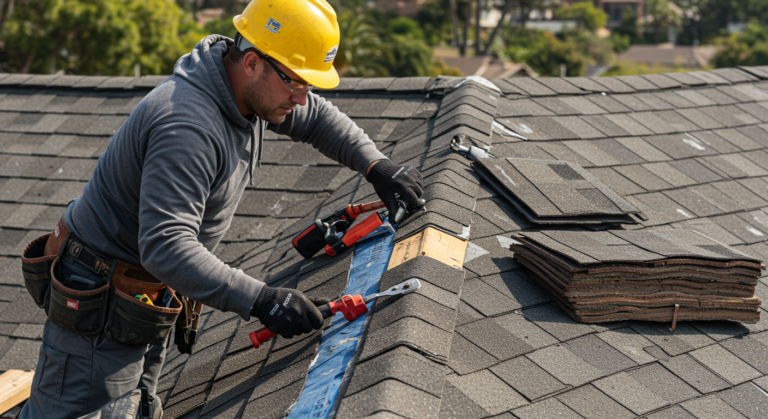The Essential Guide to Gutter Installation for Your Home
Gutter installation is a pivotal aspect of home maintenance that often goes unnoticed until problems arise. Properly installed and maintained gutters are fundamental in protecting your home from water damage, soil erosion, and basement flooding. In this comprehensive guide, we will walk you through the nuances of gutter installation, including the selection of materials, the installation process, maintenance tips, and answers to frequently asked questions. Our goal is to equip you with the knowledge and confidence to either tackle gutter installation on your own or make informed decisions when hiring professionals.
Understanding the Importance of Gutters
Before diving into the specifics of gutter installation, it’s crucial to comprehend why gutters are indispensable to your home’s well-being. Gutters channel rainwater away from your home’s foundation, walls, and landscaping, preventing water damage, mold growth, and foundation issues. Without gutters, your home is susceptible to a myriad of problems that can be costly to repair.
Material Matters: Choosing the Right Gutters
The first step in gutter installation is selecting the right material. Gutters come in various materials, including vinyl, aluminum, steel, and copper. Each material has its benefits and drawbacks in terms of durability, cost, and aesthetics. Aluminum gutters, for example, are lightweight, rust-resistant, and available in a wide range of colors, making them a popular choice among homeowners. On the other hand, copper gutters offer unparalleled durability and a distinctive look that can enhance the aesthetic appeal of your home but at a higher cost.
Size and Shape: Tailoring to Your Home’s Needs
Gutter size and shape are also critical considerations. The most common shapes are K-style and half-round. The size of your gutters should be determined based on your home’s roof size and pitch, as well as the average rainfall in your area. A professional can help you calculate the optimal size and shape for your gutters to ensure they are capable of handling the water volume without overflowing.
The Installation Process: What to Expect
Installing gutters involves several key steps, from measuring and planning to the actual installation and final inspection. Here’s a brief overview:
- Planning and Measuring: Accurately measure your home’s perimeter to determine the length of gutters and number of downspouts needed.
- Choosing the Right Tools and Materials: Aside from the gutters themselves, you’ll need hangers, screws, a ladder, a level, and sealant among other tools.
- Installation: Starting from the highest point, gutters should be attached to the fascia board with hangers, ensuring a slight slope towards downspouts for proper drainage.
- Adding Downspouts: Downspouts are installed at strategic points to direct water away from your home’s foundation.
Maintenance Tips for Long-Lasting Gutters
Proper maintenance is key to extending the life of your gutters. Regular cleaning, at least twice a year, is essential to prevent clogging and water overflow. Installing gutter guards can significantly reduce the amount of debris that enters your gutters, minimizing maintenance needs.
FAQ: Your Gutter Installation Questions Answered
Can I install gutters myself?
Yes, with the right tools and a bit of DIY spirit, you can install gutters yourself. However, for complex installations or if you’re uncomfortable with heights, hiring a professional is recommended.
How do I know if my gutters need replacing or just repairing?
Signs such as sagging gutters, persistent clogging, or visible damage indicate that your gutters may need to be replaced. Minor issues, like small leaks, can often be repaired.
How often should gutters be replaced?
The lifespan of your gutters depends on the material and how well they are maintained. Aluminum gutters can last up to 20 years, while copper gutters may last over 50 years with proper care.
What’s the best time of year to install gutters?
Gutter installation can be done year-round, but the best time is during dry weather conditions, typically in late spring or early fall.
Conclusion
Gutter installation is a crucial component of home maintenance that safeguards your property from water damage and contributes to its overall aesthetics. By understanding the importance of gutters, choosing the right materials, and following through with proper installation and maintenance, you can ensure that your gutters serve their purpose effectively for years to come. Remember, while the process may seem daunting, the protection and peace of mind that well-installed and maintained gutters provide are invaluable. Whether you decide to embark on this project yourself or hire professionals, the investment in your home’s gutter system is a wise and necessary one.




